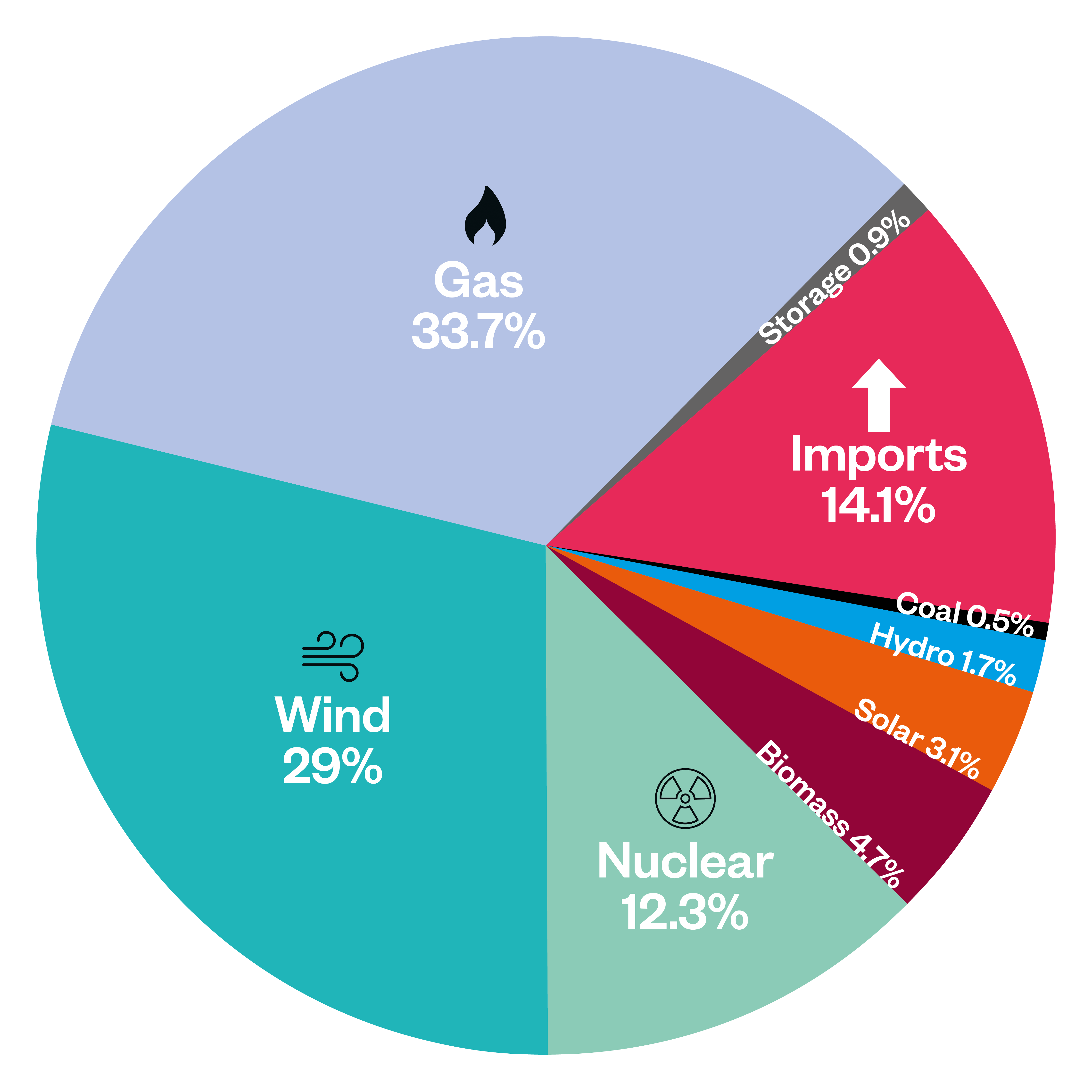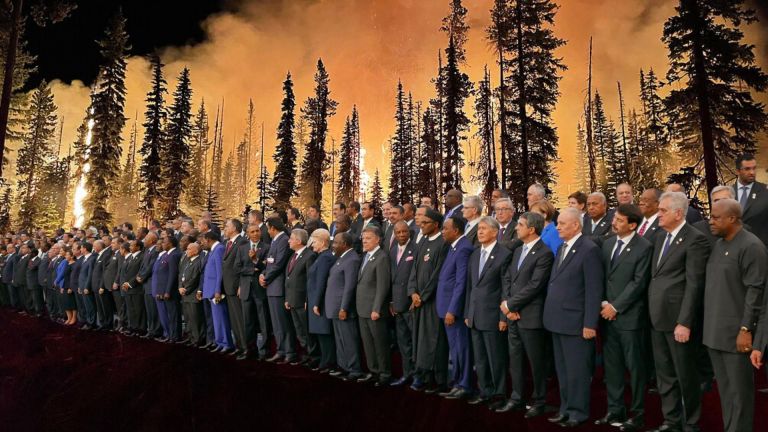The terrifying spike in energy prices has switched us all on to thinking more about where the electricity we use comes from and why exactly it costs so much. If the UK is to seriously tackle the climate crisis, we need a renewables revolution. So what does our current energy mix look like, and what shifts are possible to make sure the power stays on but the cost to ourselves and the planet decreases?
How does the UK compare?
According to data from the International Energy Agency (IEA), in 2020, renewables accounted for 43.8 per cent of the electricity generation mix in the UK. This is a significant increase from just 5.8 per cent in 2005. However, when compared to similar countries, the UK lags behind. For example, in 2020, renewables accounted for 68.5 per cent of electricity generation in Norway, 59.5 per cent in Sweden, 57.5 per cent in Austria, and 50.7 per cent in Portugal.
The UK’s reliance on fossil fuels is a legacy lingering from the industrial revolution which powered the development of the West. The good news is developing nations are skipping the heavy-polluting stage and embracing cleaner and more efficient energy production. For example, Kenya is the world leader in solar panels per capita – over 30,000 small panels are sold there each year for as little as $100. Meanwhile, 90 per cent of Costa Rica’s energy is produced by renewable energy. Even China, which releases over 30 per cent of the world’s CO2 emissions, is considered the world leader when it comes to renewables. It is expected to exceed its target of 33 per cent of energy generated by renewables by 2025.
Where electricity on the national grid came from in March 2023
In March 2023, forty-seven per cent of our power came from zero carbon sources (including nuclear). A new record was set on March 13, when 67.4 per cent of energy on the national grid came from wind. For the month of March 2023, here’s a breakdown of how the UK’s electricity supply was generated.

How renewable energy production is evolving
In 2022, clean energy (renewables plus nuclear) produced 39 per cent of global electricity, while wind and solar produced 12 per cent of the global output. Compare this to 2018, when just 33.3 per cent came from renewables. In 2010, the figure was only seven per cent.
The price of renewable energy is rapidly falling, and solar costs have dropped globally by 90 per cent since 2009.









